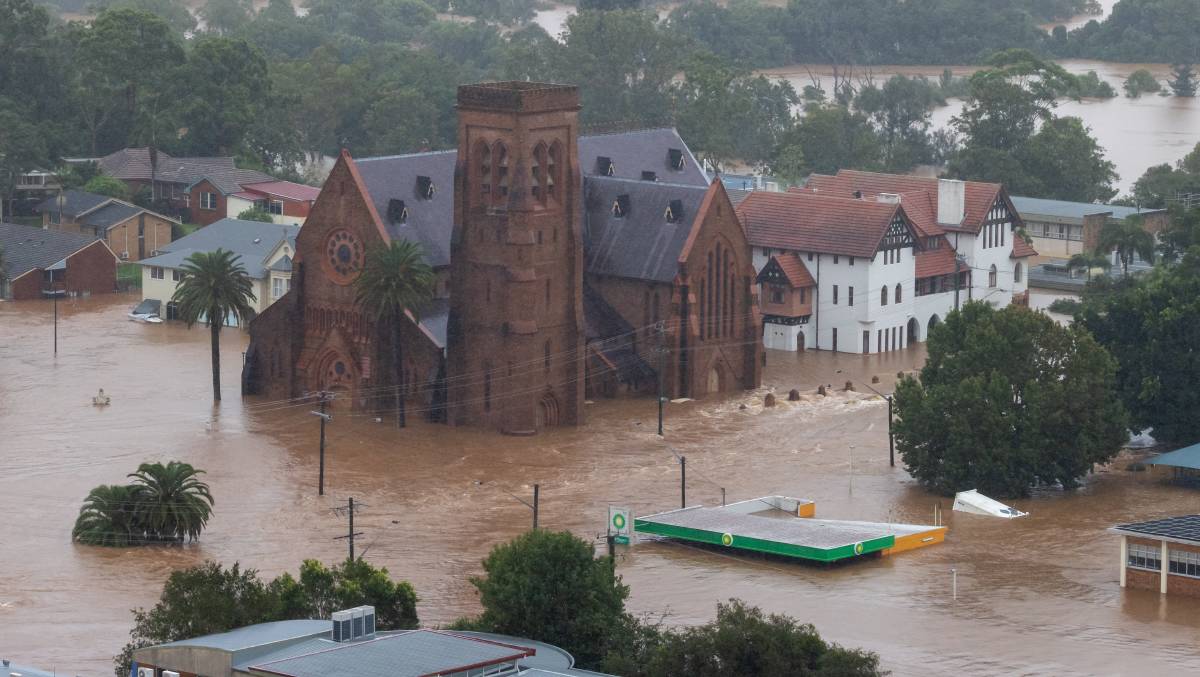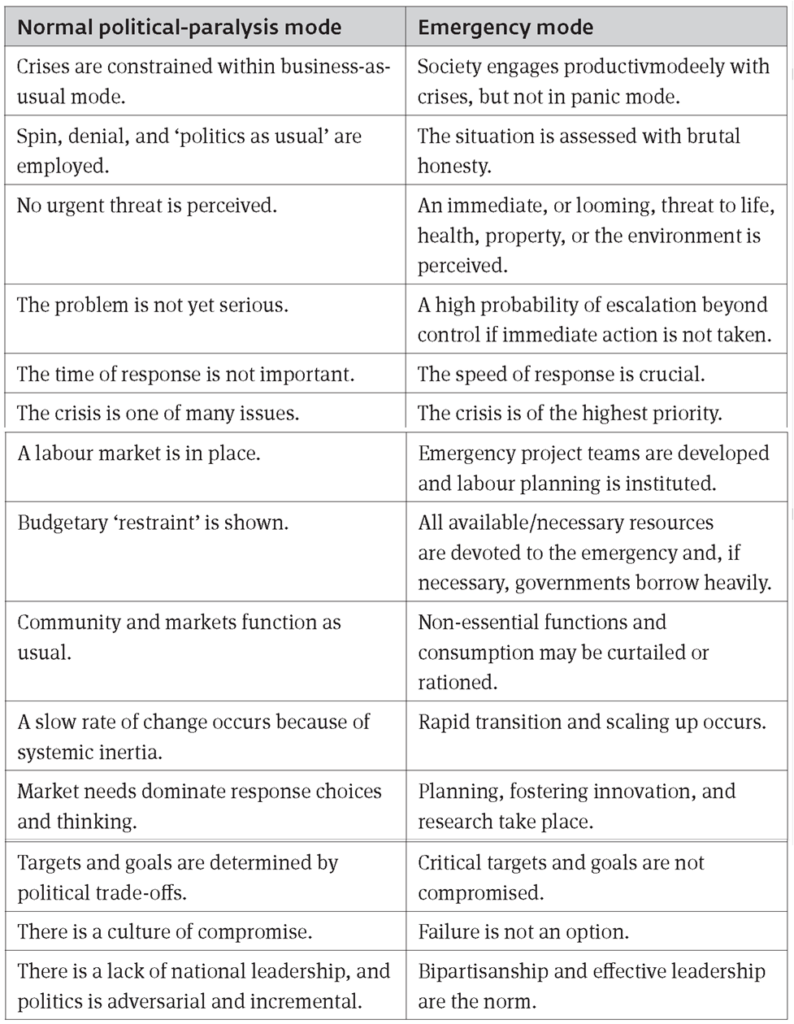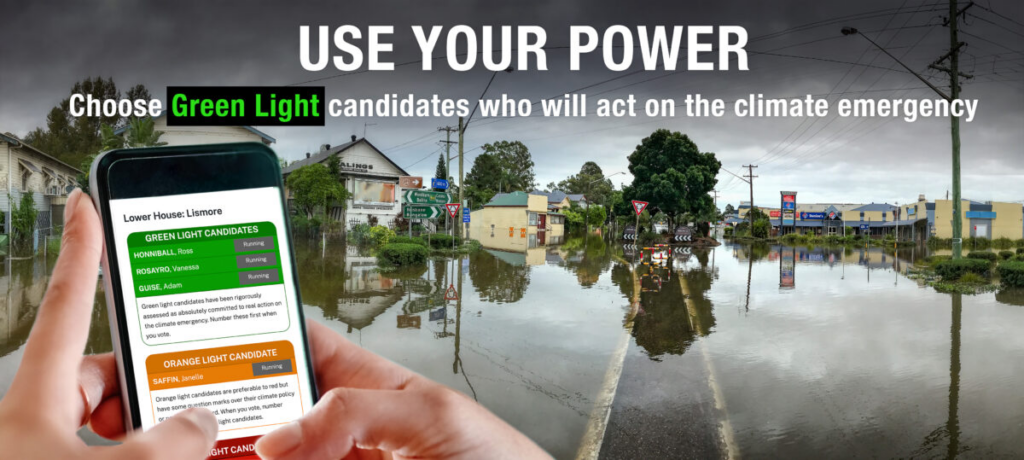NSW: If you haven’t voted, please THINK first

Unwelcome reality is that we face an extremely dangerous climate emergency. Politicians must shift from business as usual to emergency mode.
Anyone who pays attention to weather and climate will know that lethally dangerous extreme weather events such as floods, droughts, wildfires have been growing increasingly more extreme, widespread, and frequent. These will keep getting more and more lethal as long as our planet keeps getting warmer. This is an emergency!
The scientific evidence as summarized in the 8000 page report of the Intergovernmental Panel on Climate Change (a United Nations organization comprised of the representatives of the 180 nations involved in the World Meteorological Organization) is so overwhelmingly comprehensive and complete that is no longer contestable. The Australian Climate Council explains it. Our own Climate Sentinel News blog surveys the vast array of evidence and considers its implications and government’s reactions in more depth. Three major articles focus on NSW (click the image to open the article):
David Spratt, of the Breakthrough National Centre for Climate Restoration is one of many sources documenting the causes and naturse of the dangers we face. Spratt posted 7 articles detailing major tipping points towards catastrophes likely to be crossed as the world continues to warm. His latest article, “Reclaiming ‘Climate Emergency’” considers the kinds of political shifts required to move from business as usual’s ignoring crisis situations to actively managing them. Spratt summarizes the shifts in the table replicated from the article replicated here:

Before you fill in your ballot papers, please think about which candidates/parties on the ballots have the willingness, ability, or capacity to deal with the genuine emergencies we face. Will wishful thinking, party dogma or denial or reality be enough? I.e., usiness as usual – the normal mode for the major political parties, and some of the minor parties or independents. If you can vote in your electorate for someone who seems ready, willing and able to deal with climate emergency issues, please do so.
Vote Climate One can make it quick and easy for you to choose.

Use our VOTING GUIDES: NSW State Election 2023 to learn more about what the the parties and independent candidates in your electorate offer. How we thoroughly assessed parties and independents is described in Climate Lens Traffic Light Assessment.
Those we found to be generally tied to vested interests and/or unrealistic party or personal dogmas; or deniers of the climate crisis are flagged with red lights without any detailed justification. We use the orange light for those individuals and parties we thought might help or at least not impede required climate action, but could not fine enough evidence they would actually drive climate action.
Green lights were granted only where we found enough good evidence that a candidate or party could be trusted to put action on the climate emergency high on their priorities in Parliament. In these cases we also provide voters with links to some of the information justifying our ranking.
All this is distilled in our easy and quick to use voting guide for each electorate showing our ranking of all the candidates you can vote for. Grandad Rob, with a little help from a couple of youngsters in his tribe, demonstrates:
With a lot of work, our species and families may just might be able to survive the 21st Century.
Featured image:
From Lismore City News: 16/03/2022 – Flooding on February 28 was the worst Lismore had ever experienced, reachning 14.4m and leaving devastation in its wake.
For that matter following the horrific bushfires of the Black Summer of 2020-2021 and extensive droughts catastrophic floods began soon after with a rare sequence of La Niñas when vitually all areas of NSW experienced major flooding at least once, if not several time since.


